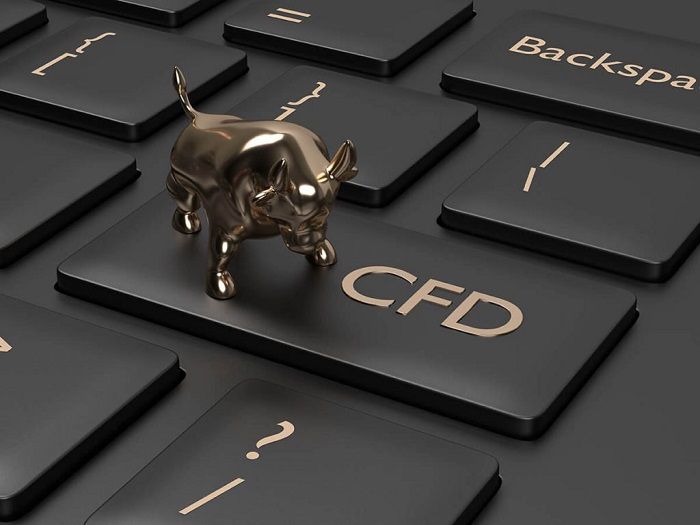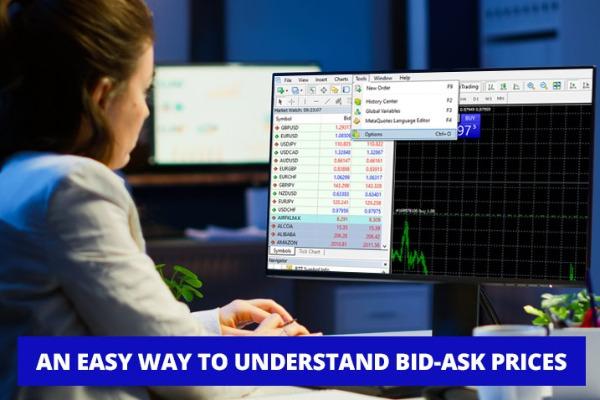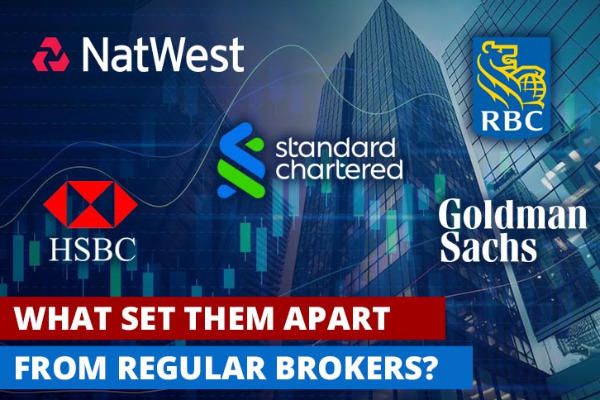Using leverage for CFD trading can be profitable if used wisely. There are 5 factors to help traders decide the right amount of leverage.

There are many types of trading, but CFD or Contracts for Difference remain the preferred vehicle for many traders worldwide. After all, CFD traders don't need a large capital to start. It's also very flexible, considering the leveraged opportunity they provide.
By using leverage for CFD trading, traders will have a better chance of getting more profit using smaller capital. The tricky part is to choose the best leverage for CFD trading. Leverage can be as small as 5:1 or as high as 500:1.
The greater amount of leverage, the higher the risk. Using a high leverage can be very tempting, but it is not recommended for beginners due to the risks. That is because new traders might have a tendency to open too many positions which leads to overtrading.
Still, using leveraged for CFD trading can be rewarding as long as traders decide the leverage ratio with these methods:
1. By Trading Strategy
When using leverage for CFD trading, it's best to eliminate the risk of losing. To do that, traders must apply a properly tested and successful trading strategy to ensure their success. This is one of the most crucial factors in CFD trading or any other type of trading in particular.
It's impossible to gain profits by simply opening and closing positions, hoping that one of those positions will bring more money. The market is very complex, so traders need a well-put plan to survive.
Scalpers, who seek to profit from small price fluctuations in the underlying asset, typically require higher leverage to generate substantial returns. As such, scalpers can opt for leverage up to 1:100.
On the other hand, trend followers focus on larger price movements that occur over time. In this case, traders who prefer to follow the trend are recommended to choose lower leverages such as 1:5 or 1:50.
2. By the Risk Profile
In order to eliminate the risk of using leverage for CFD trading, it's important to think about the risk-to-reward profile. Normally, traders with a conservative risk profile are advised to choose leverage in the lower ranges between 5:1 and 50:1.
However, experienced traders may be more comfortable using higher leverage ratios due to their higher risk tolerance. This requires them to understand how much money they can lose.
CFD trading offers mini lots and even micro lots that allow traders to trade smaller positions than a standard lot. So, if the amount of leverage the broker offered is way too high, traders can cut back the size of the position.
Remember that trading isn't only about gaining profit but also managing the risk. A trader should set a limit what they are willing to lose in a trade, normally around 1%-2% of the total capital.
3. By Liquidity
There are a lot of instruments in CFD trading, and each of them behaves differently. This is another factor to consider when choosing the right leverage for CFD trading. Some instruments like forex, for example, might have lower historical volatility compared to other markets such as commodities.
However, forex provides more liquidity which is a great thing for traders. Shares and indices usually have less liquidity but higher volatility, so lower leverage up to 1:50 would be preferred to protect positions against rapid price changes. Meanwhile, forex CFD can be safely traded with leverage higher than 1:50 as the market is extremely liquid.
4. By the Broker's Policy
Choosing the right CFD broker is very important, and it's a part of the whole solution. Different brokers might have different terms that might affect the outcome of trading. Traders must choose a broker offering tight spreads and a wide range of CFD instruments.
Ensure the broker is regulated, for a regulated broker will refrain from offering irresponsible leverage like 1000:1 to all traders. Authorities like FCA and ESMA restrict the amount of leverage offered by brokers in order to protect retail traders.
There are a lot of well-regulated brokers that provide reasonable leverage, tight spreads, and a good range of CFD assets. For example, IC Markets is a regulated broker in Australia and offers different kinds of CFD instruments ranging from forex, indices, commodities, cryptocurrencies, and many more.
Leverage for CFD trading in IC Markets is different according to the instruments, but it can be up to 30:1 for forex (ASIC and CySEC) or 500:1 (SCB).
After Thought
The best leverage for CFD trading for every single trader out there is the leverage that has been adjusted to each trader's condition. That being said, the above factors can guide traders to choose which leverage amount to use, so that they won't risk more than what they can handle.
If a trader is more comfortable using low leverage then it's okay; stay patient. An effective way to prevent irresponsible leverage use is to have a realistic profit expectancy. A trader using small capital can't expect to grow exponentially overnight.
Other than IC Markets, there are other Australian brokers that accommodate high leverage through their offshore entities. Find the list in "Best High Leverage Forex Brokers in Australia".

 Dedicated FREE FOREX VPS
Dedicated FREE FOREX VPS Free FOREX Virtual Private Server
Free FOREX Virtual Private Server MT4 Demo Contest, Get $500
MT4 Demo Contest, Get $500 Sign Up for an Account, Claim 60% Deposit Bonus
Sign Up for an Account, Claim 60% Deposit Bonus Free MT4/MT5 VPS 2024
Free MT4/MT5 VPS 2024 Send E-mail and Get Free Merchandise
Send E-mail and Get Free Merchandise $1K Refer a Friend Bonus for Pepperstone Pro clients
$1K Refer a Friend Bonus for Pepperstone Pro clients Maximize Your Earnings with 100% Deposit bonus
Maximize Your Earnings with 100% Deposit bonus Trade to Win, $5,000 Monthly Demo Contest
Trade to Win, $5,000 Monthly Demo Contest Claim 30% + 15% Deposit Bonus from LiteFinance
Claim 30% + 15% Deposit Bonus from LiteFinance












7 Comments
horsemandolin
Dec 7 2021
You can't be too careful when using leveraged products. Make sure you weigh the good and bad beforehand.
RCrowly
Dec 8 2021
I had the (terrible) opportunity to overtrade when I first used leveraged products. Learn a lot from it, never forget risk management anymore.
abbercombiesallad888
Dec 10 2021
leverage sure is risky, but it provided a lot of opportunities. As long as you use it wisely, then I guess it shouldn't matter.
moontrades
Dec 15 2021
That's the problem with leveraged products, the risk. Do not use high leverage if you're not sure you can trust yourself.
lazySunday
Dec 17 2021
On theory, it's a good way to diversify, but in reality, CFD trading is risky. But that's a given considering leverage.
Ka-Ching55
Dec 22 2021
CFD needs good money management. It's really not for newbies who didn't know anything about markets.
Isabella
Dec 23 2021
What are the best CFD instruments to trade? Especially for newbies?